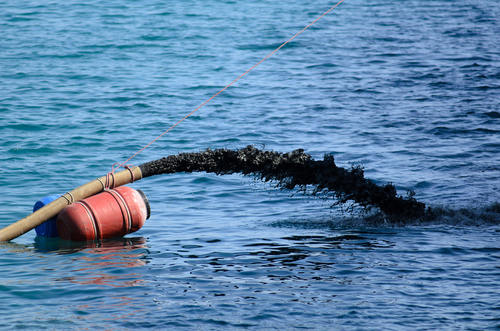Sufficiently Sensitive Testing Methods Rule—The Rationale
 |
Under the Clean Water Act’s (CWA) NPDES program, the EPA established and required “sufficiently sensitive” analytical methods be used by permit applicants and for “analysis of pollutants or pollutant parameters under an NPDES permit.” These “generally approved” methods under 40 CFR Part 136 and 40 CFR Chapter I, Subchapters N and O vary in their sensitivity, and though EPA-approved, some may not be as sensitive as others for the same pollutants.
From the beginning of the NPDES program, the EPA has intended and expected that permit applicants would use the approved test method that was “sufficiently sensitive to quantify the presence of a pollutant in a given discharge.” What the EPA did not anticipate, however, was that permit applicants would choose to use approved test methods that were not as sensitive as another available test method. In addition, the EPA “anticipated that NPDES permitting authorities would specify an EPA-approved method in an NPDES permit where the Director determined that a particular analytical method was needed to provide meaningful results relative to the permit limit.”
The problem, according to some state NPDES-permitting program authorities, was that EPA’s authority to require one sufficiently sensitive test method over another was not “explicit in current regulations.” As a result, the states said they were limited in their ability to “prescribe appropriate analytical methods where needed to assess compliance with permit limits.”
Join us for our NPDES Electronic Reporting Rule webinar January 13 to learn strategies for complying with the proposed NPDES Electronic reporting requirements. Learn more.
For NPDES permit applicants, test methods must provide the data necessary for permitting authorities to make qualified decisions based on the presence and quantity of pollutants in a facility’s discharge, including determining the type (technology- or water quality-based) and level of effluent limits in their permit. These “data must be provided that will enable the Director to make a sound ‘reasonable potential’ determination and, if necessary, establish appropriate water quality-based permit limits.”
For NPDES permitholders with monitoring and reporting requirements and permit limits and parameters the same is true, and overall the EPA says “The intent is for applicants and permittees to use analytical methods that are capable of detecting and measuring the pollutants at, or below, the respective water quality criteria or permit limits.”
Another aspect is that technological advances in analytical testing methods can often far exceed the sensitivity of older methods. Such was the case with regard to mercury testing when the EPA approved two new testing methods in 2002 and 2007, which the EPA said “were several orders of magnitude more sensitive than previously available methods.” Also notable is that several states had also set water quality criteria for mercury that were below the detection capabilities of the older testing methods.
NPDES Electronic Reporting Rule: Best Practices for Complying with Emerging Requirements
The EPA claims the rule will modernize NPDES reporting, saving time and resources for regulated entities and regulatory agencies, better protecting the nation’s waters by improving compliance, and providing the public with access to information that affects their communities. Register now.
Following approval of the new test methods, in 2007, the director of the EPA’s Office of Wastewater Management issued a memorandum to the Regional Water Division Directors that required specific test methods be used for mercury, stating “only the most sensitive methods such as Methods 1631E and 245.7 are appropriate in most instances for use in deciding whether to set a permit limitation for mercury and for sampling and analysis of mercury pursuant to the monitoring requirements within a permit.”
The new rule effectively extends the requirement for using sufficiently sensitive, EPA-approved test methods, where they exist, to all pollutants. For permit applicants, providing data that do not use methods that are EPA-approved and sufficiently sensitive may result in the determination that the application is incomplete according to permit application regulations at 40 CFR 122.21.
For permitholders, “where an EPA-approved analytical method exists that would provide quantifiable results necessary to assess compliance with a permit limit and the permit allows monitoring to be conducted using different analytical methods that, although approved, would fail to produce data necessary to assess compliance, the permit would be inconsistent with the NPDES permitting requirements [for monitoring] of 40 CFR 122.44(i).”
